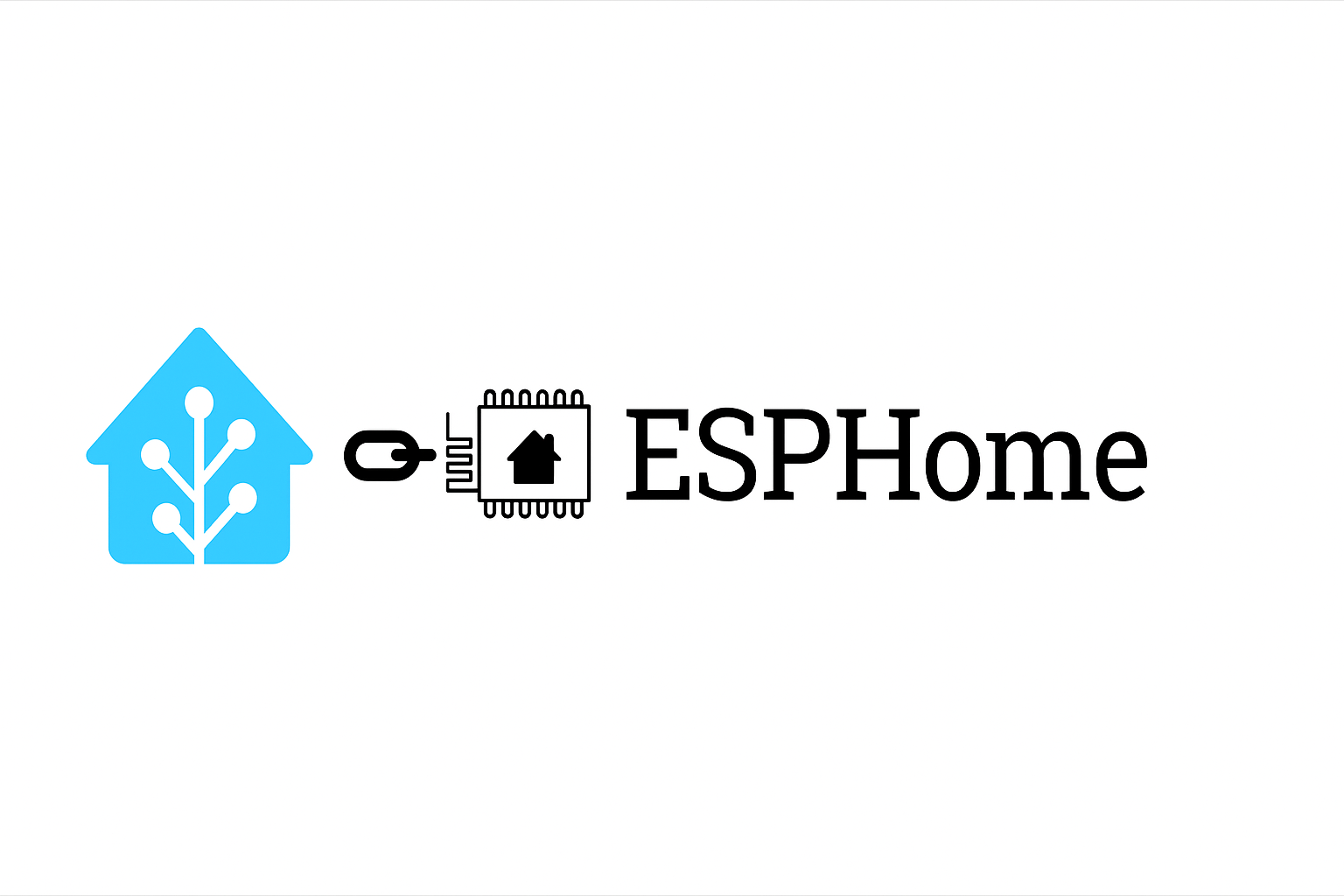Introduction: In this guide, we’ll walk through how to set up ESPHome on Home Assistant OS, which is a great way to integrate DIY smart devices into your smart home. ESPHome allows you to create custom firmware for microcontrollers using YAML. When paired with Home Assistant, sensors and switches defined in ESPHome automatically appear in Home Assistant’s interface for seamless automations.
Note: This guide assumes you are running Home Assistant OS or Home Assistant Supervised, which provides the Add-on Store.
Installing the ESPHome Add-on in Home Assistant OS
To get started, we need to install the ESPHome add-on (sometimes called the ESPHome Device Builder) through Home Assistant’s add-on store. Follow these steps:

-
Open the Add-on Store: In Home Assistant’s web interface, go to Settings > Add-ons.
-
Find ESPHome: In the add-on store, search for “ESPHome”. Click on the ESPHome or ESPHome Device Builder add-on from the results, then click the Install button. The add-on is fairly small, and installation should complete quickly.
-
Start the Add-on: Once installed, click Start to launch the ESPHome add-on. After a few seconds, you’ll see options to Open Web UI – click that to open the ESPHome interface in your browser.
After opening the ESPHome Web UI, you should see the ESPHome dashboard. If this is your first time, the dashboard will be empty, waiting for you to create a device.

Next Steps → Now that ESPHome is set up on your Home Assistant OS, you can proceed to flash an ESP device with ESPHome firmware. In the next article, we’ll guide you through flashing a real device (the Kincony KC868-A16 16-channel board) then setup ESPHome firmware to bring it online with Home Assistant.






Leave a comment